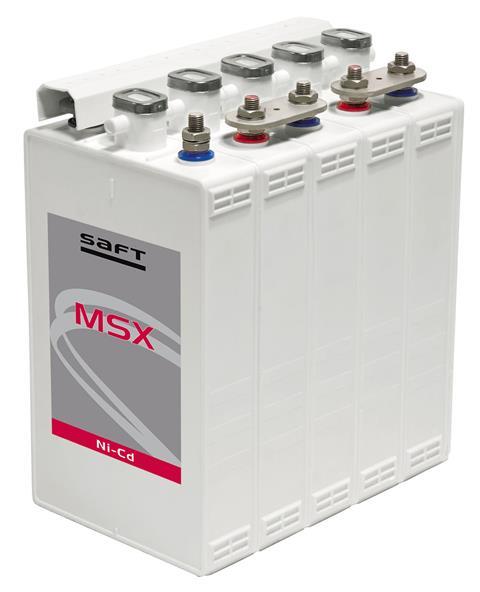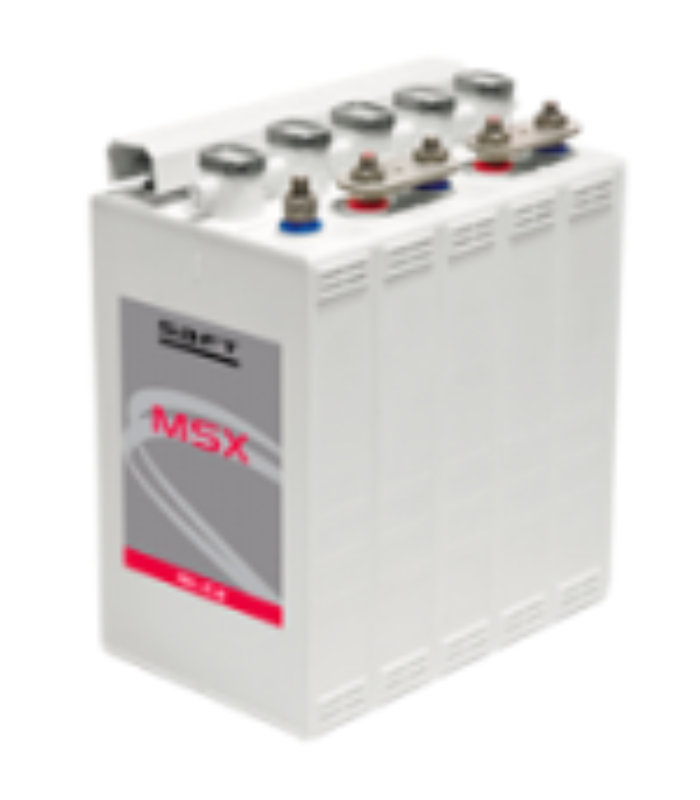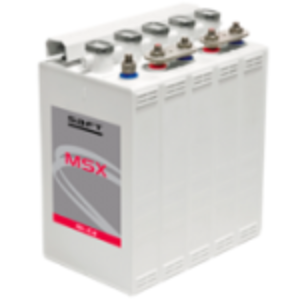| Brand | |
|---|---|
| Customer Application |
Railway ,Transportation |
| Customer Type |
Airports ,Etihad Rail ,Government Entities ,Oil & Gas ,Transportation Authority |
SAFT Battery MSX 130
MSX 130 – Saft Batteries
Providing high power capability and cycling performance
High-power capability and high-cycling performance for railway backup and engine starting
Saft’s on-board solutions provide reliable power, reduced weight and volume of on-board components, low maintenance and improved battery efficiency to help train manufacturers and operators work more efficiently.
Saft’s MSX wide capacity range with its high power and energy capabilities provide both energy for backup applications and high power for starting diesel engines on locomotives and DMUs. These nickel-based batteries are ideal for modern electric trains such as tram-trains, trams, EMUs and high-speed trains, including the safety-critical demands of electromagnetic braking applications.
Features & Benefits
- Low-maintenance and long service life
- Optimal size of onboard battery system frees up space and offers 30% savings in weight and 40% saving in volume compared to conventional batteries
- A single MSX battery can perform both backup and engine starting functions so that two onboard systems can be replace by just one MSX system
Technical Specifications
- Proven Ni-Cd Sintered/PBE technology that last more than 15 years
- High power capability and high cycling performance
- Operate in a wide temperature range of -30°C to +50°C
- Wide range of capacities from 70 Ah to 260 Ah
- For a battery stored for more than 3 months or at T > +30°C, or more than 6 months at T > +20°C:
- Discharge the battery at 0.2 C5 A down to an average 1V per cell.
- Maintain the battery in open circuit for 8 hours or until the battery temperature is between +10°C and +30°C.
- Charge the battery at 0.2 C5 A for 8 hours. 5.2. The batteries are delivered discharged
Caution: even if the battery is discharged, there remains a residual charge that may cause an electric shock. Charging and discharging should be done at constant current.
- For a battery placed into service immediately after delivery or after less than one year of storage:
- Preferred solution: constant current charge; charge the battery at 0.2 C5 A for 8 hours. Caution: during constant current charging the battery box must be open.
- Other solution: Constant voltage charge: 1.55V/cell for 20 hours with the current limited at 0.2 C5 A.
For a battery stored more than 1 year:
- Charge the battery at 0.2 C5 A for 8 hours.
- Discharge the battery at 0.2 C5 A down to an average 1V per cell.
- Maintain the battery in open circuit for 8 hours or until the battery temperature is between +10°C and +30°C.
- Charge the battery at 0.2 C5 A for 8 hours.
- The battery is ready for use.
Charging in service
- 1.47 V/cell at +20°C (+68°F) with voltage compensation: -3 mV/°C/cell (-1.7 mV/°F/cell). For higher charging voltages consult with FPGT General Trading
- Boost charge according to IEC62973-2.
Topping-up
- Before topping-up operation, the water filling circuit of the battery must be checked for tightness (no leaks) using a pressure test (a kit may be supplied by SAFT). Use only distilled and deionized water for topping-up. Connect distilled water tank to the selfclosing inlet. Topping-up is completed when an excess of 1 litre of water is measured at the outlet of the water filling circuit. Topping-up can be performed by Saft’s gravity kit or by using Saft’s water filling stations. If charge at constant current: operation must be carried on charged cells with a rest time of minimum of 2 hours. If charge at constant voltage on the train, the topping-up can be carried out at any time. Topping-up can be performed every 6 years (if the annual average cell temperature is below +30°C and the battery is used as a back-up battery) by gravity or using adapted pump with a flow rate of 0.7 l/min at a relative pressure of 0.3 bar maximum.















